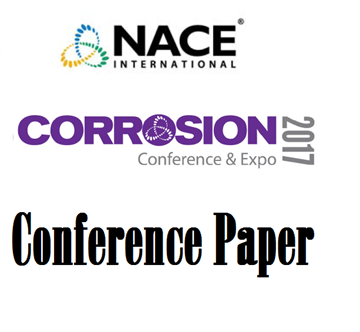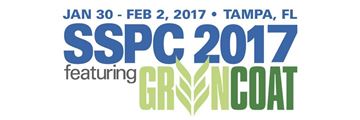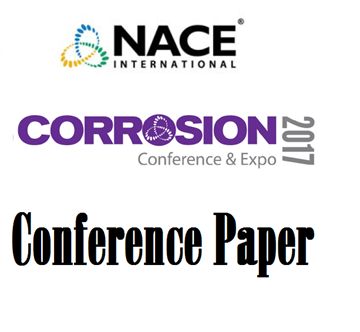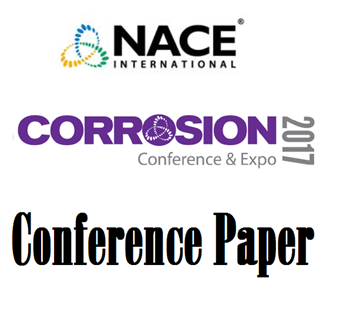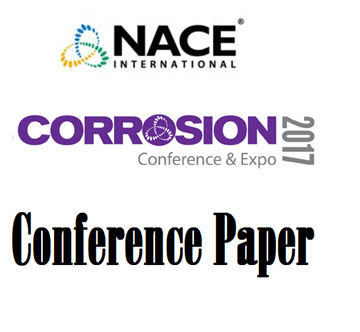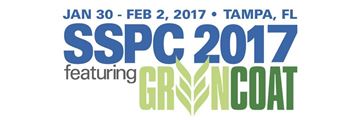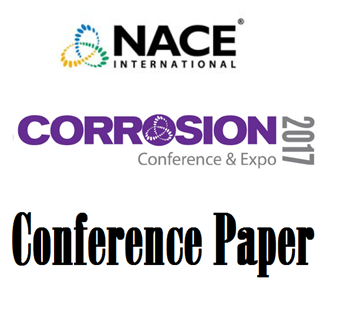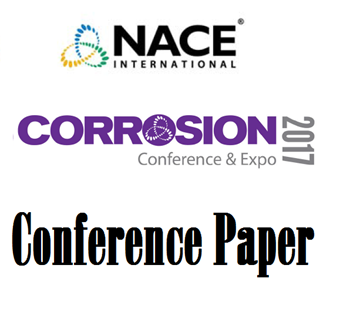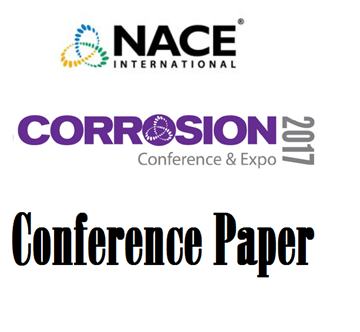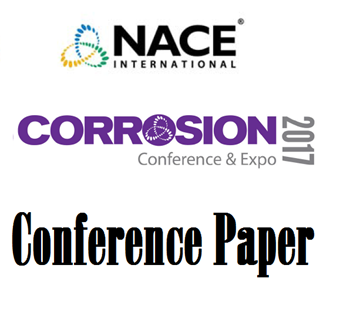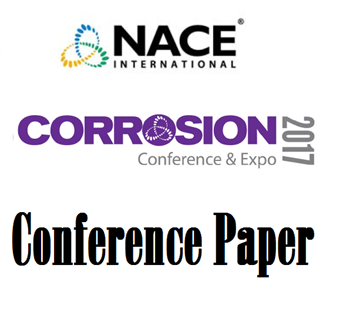Search
Products tagged with '2017 Conference Papers'
View as
Sort by
Display
per page
Sohic Resistance of SA516 Grade 70 Carbon-Manganese Steel for Oil and Gas Applications
Product Number:
51317--9076-SG
ISBN:
9076 2017 CP
Publication Date:
2017
$20.00
Soluble Salt Measurement: Are We Measuring it Correctly?
Product Number:
51217-026-SG
Publication Date:
2017
$20.00
Sour Gas and Hydrogen Embrittlement Resistance of High-Strength UNS N07022 Alloy for Oil and Gas App
Product Number:
51317--9479-SG
ISBN:
9479 2017 CP
Publication Date:
2017
$20.00
Specifying Corrosion Protection for the Offshore Wind Turbine Industry
Product Number:
51317--9091-SG
ISBN:
9091 2017 CP
Publication Date:
2017
$20.00
Spread of Corrosion Assessment on Flexible Elastomeric Insulation Systems in a Continuous Salt-Water Spray Environment
Product Number:
51317--8907-SG
ISBN:
8907 2017 CP
Publication Date:
2017
$20.00
Status of High Temperature Resistant Thermal Spray Nonskid Coatings Within the U.S. Navy
Product Number:
51217-079-SG
Publication Date:
2017
$20.00
Steel Corrosion Monitoring in Concrete Slab Using a Long Period Fiber Grating Assembly
Product Number:
51317--9272-SG
ISBN:
9272 2017 CP
Publication Date:
2017
$20.00
Strategic NDE Results Collaboration Yields Industry Insights
Product Number:
51317--8859-SG
ISBN:
8859 2017 CP
Publication Date:
2017
$20.00
Strategy and Results of an Impressed Current Cathodic Protecton Retrofit in the North Sea
Product Number:
51317--8957-SG
ISBN:
8957 2017 CP
Publication Date:
2017
$20.00
Stressed Alkaline Cooling Water Deposit Control: High Temperature Suspended Solids and Iron Impacts
Product Number:
51317--9422-SG
ISBN:
9422 2017 CP
Publication Date:
2017
$20.00
Structural Performance of FRP Materials After Subsea Long Term Immersion
Product Number:
51317--9183-SG
ISBN:
9183 2017 CP
Publication Date:
2017
$20.00
Study of Adsorption of Corrosion Inhibitor on Carbon Steel Under Co2 Environment by Using AFM
Product Number:
51317--9290-SG
ISBN:
9290 2017 CP
Publication Date:
2017
$20.00

